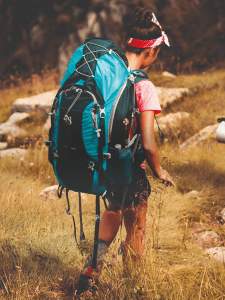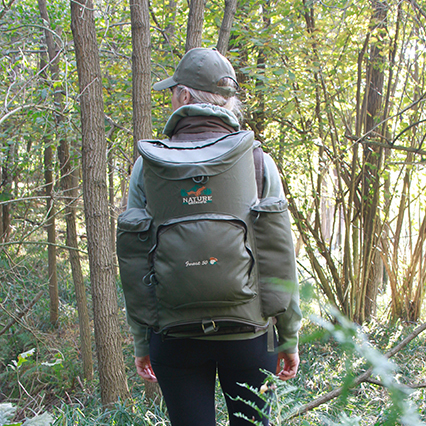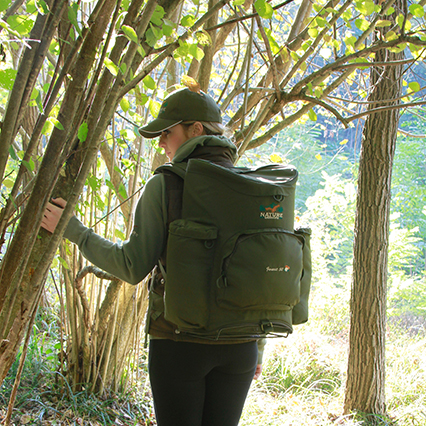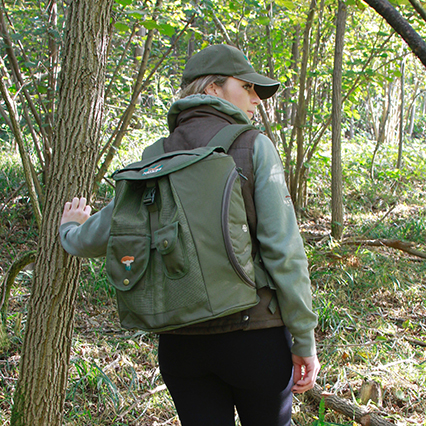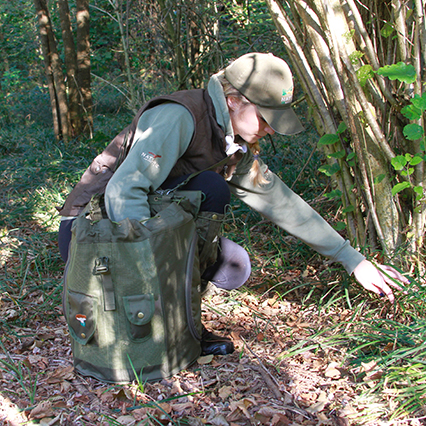For our “Nature by Marsupio” photo shoot day, we chose a location of great importance to our local area: the Montello Hill. This hill of clay-red soil rises to an elevation of just over 300 meters to the south of Piave river; to the inhabitants of the many towns surrounding it, it is known as the “green lung” for its lush vegetation. The hill was already known during the times of the Venetians dating back to the era of the Serenissima Republic, who harvested its timber to supply the Venetian shipyards. Over the intervening years it has been completely deforested, with the ancient oak forests being replaced by farmlands which yielded poor harvests, up to the current ecosystem comprising a great many varieties of tree, but mainly the introduced invasive species False Acacia.
It is in this microclimate that one of the most renowned gastronomic products of the area thrives: the famous honey mushroom (Armillaria Mellea), known to locals by its dialect name “ciodet”. This mushroom grows spontaneously during fall and develops a range of flavors influenced by the species of tree trunk they are found on. Because the predominant False Acacia tree species on the Montello Hill has a low concentration of resin compared to conifers, the mushrooms that grow on it get their unique and renowned taste, a reason of great pride for local food lovers.
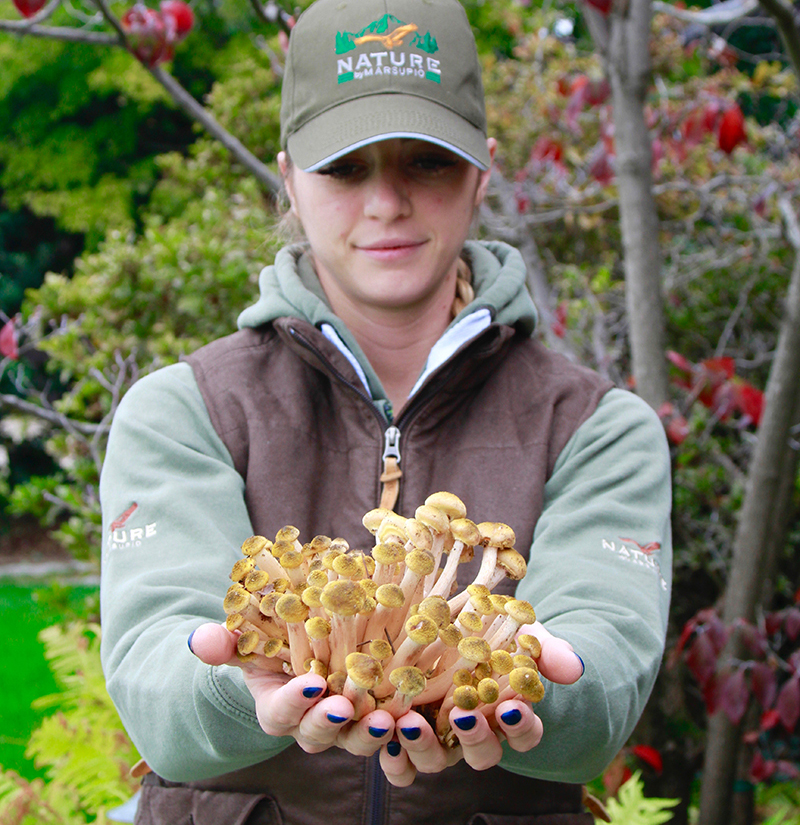
FROM BASKET TO RUCKSACK: HOW SHOULD A MUSHROOM RUCKSACK BE CONSTRUCTED?
In the past, people used to use a classic wicker basket for picking mushrooms. But nowadays, this been replaced by a safer and more convenient mushroom rucksack. The increased safety is provided by the fact that you no longer have to hold the basket in your hand, and thus both hands and arms are free; a detail that should not be underestimated for excursions on steep terrain, which is the ideal environment for mushroom growth.
Features characterizing the best mushroom rucksacks are:
Below you will find details of our two technical mushroom rucksacks.

